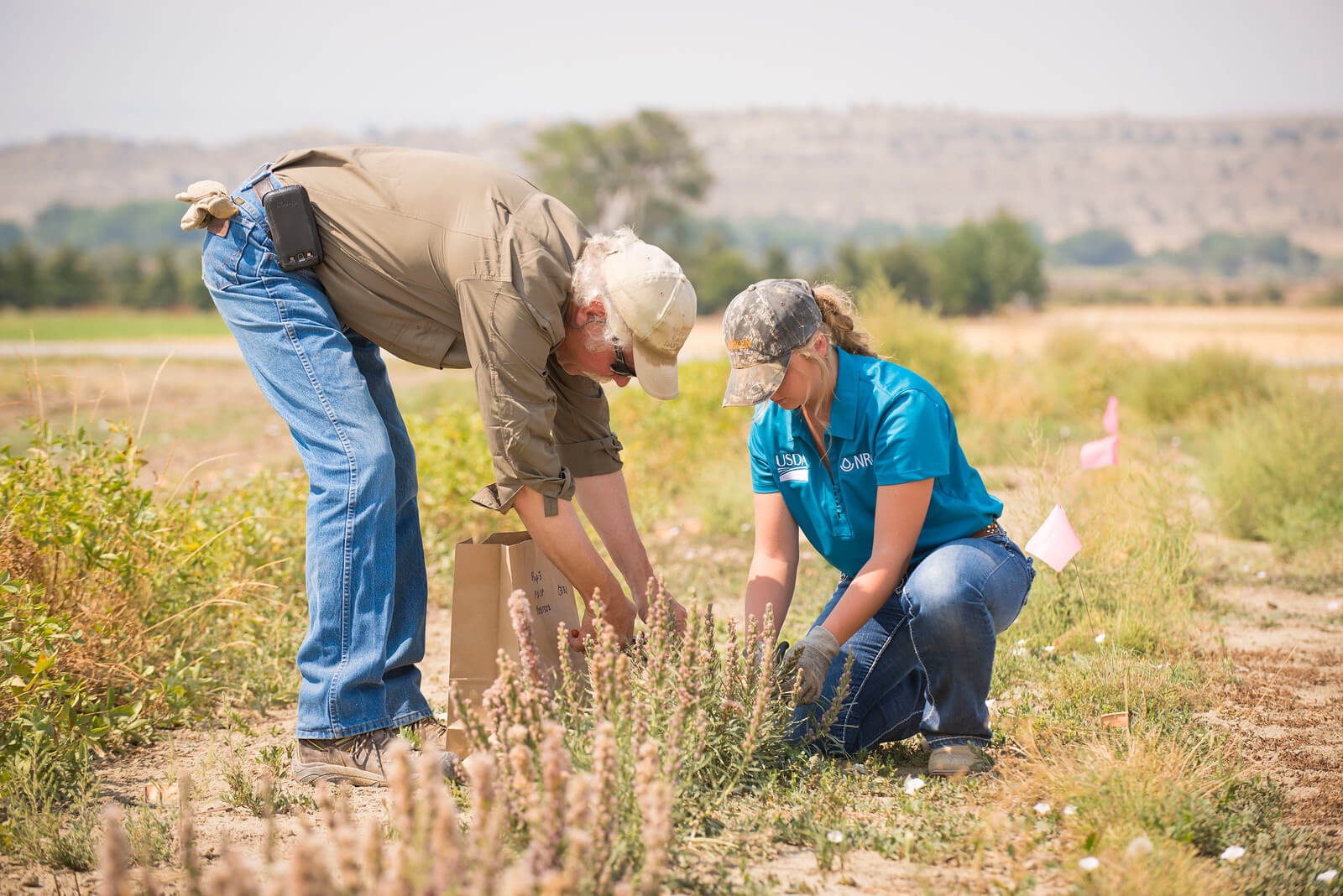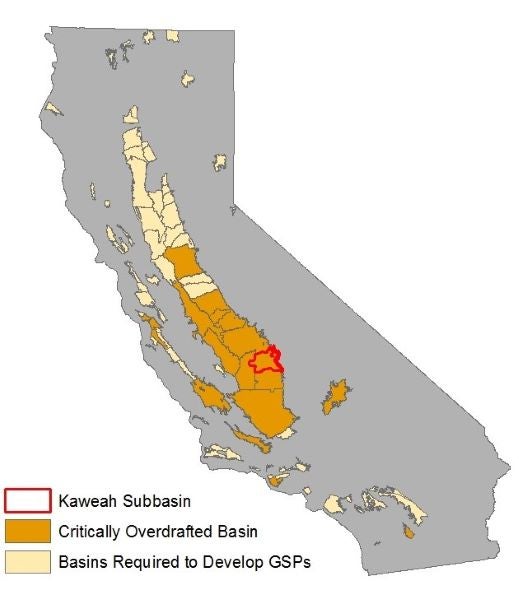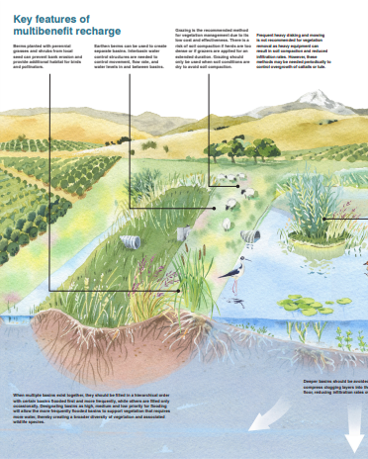The Sustainable Groundwater Management Act (SGMA), signed into law in 2014, is a framework for sustainable groundwater management in California. SGMA requires local governments and water agencies to halt groundwater overdraft and balance groundwater supply and demand.
Specifically, SGMA requires local agencies known as groundwater sustainability agencies (GSAs) to develop groundwater sustainability plans (GSPs) that outline a path to groundwater balance for each groundwater subbasin deemed as medium priority, high priority, or high priority and critically overdrafted. Under SGMA, groundwater users in critically overdrafted basins, including the Kaweah Subbasin, must develop and implement GSPs to achieve sustainability by 2040.
In most regions, achieving sustainability will require a combination of augmenting supply (by accessing new surface water supplies or recharging groundwater) and reducing demand (through practices such as crop switching, irrigation efficiency, and reductions in irrigated acreage). While not required, coordinated regional land repurposing strategies can help to maximize multi-benefit land uses, create new revenue opportunities for landowners, and avoid haphazard land fallowing that could result in soil loss, worsening air quality, and weed infestations.
This is where the RCIS comes in.
How does the RCIS support SGMA?

The Kaweah Groundwater Subbasin (Kaweah Subbasin) is classified as high priority and critically overdrafted, meaning that “present water management practices would probably result in significant adverse overdraft-related environmental, social, and economic impacts.” Three GSPs cover the Kaweah Subbasin. Together, these GSPs identified an estimated current annual average overdraft of 75,200 acre feet per year in the Kaweah Subbasin.
The Kaweah RCIS serves as a tool to identify conservation actions that also advance groundwater sustainability, and can assist landowners and managers in accessing funding. The conservation actions outlined in this RCIS are intended to serve the dual purposes of supporting the implementation of Kaweah Subbasin GSPs and creating benefits for species and habits, all while helping landowners cover a portion of the costs of SGMA implementation.
The RCIS advances coordinated regional land repurposing, and can also create new revenue opportunities for landowners who choose to undertake habitat projects. These projects can be on repurposed land, edges of farms, or even on public land. These actions may include a range of activities from wildlife friendly groundwater recharge basins to restoring habitat on formerly irrigated agricultural lands.
The RCIS is a voluntary tool for landowners that serves as a compliment to other projects and programs developed by GSAs.
The RCIS will create new revenue streams for multibenefit projects in the Kaweah Subbasin, such as wildlife friendly groundwater recharge projects. This type of recharge allows water to replenish aquifers, while providing habitat to important species. See EDF’s Wildlife Friendly Recharge Project Guide for more information.

